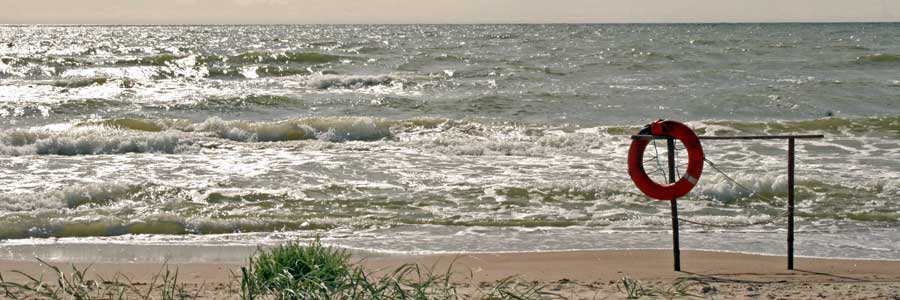Approaches and tools

BALTSPACE developed and refined tools that help to address integration challenges.
Some tools had already been well established and applied in MSP and other similar fields, including for example risk management or institutional and policy analysis. Other tools were less well known or may need to be adapted to the specific needs of MSP. BALTSPACE tested and evaluated individual tools and combinations of tools, resulting in practical guidance for their application in the future.
Overview of tools
Below is a selection of tools that will be included in the assessment:
-
Marxan site selection tool
The Marxan site selection tool helps to systematically identify possible locations for specific uses or nature conservation. It can help to rate the trade-offs associated with the proposed solutions. Originally developed to help to optimize a network of Marine Protected Areas, the tool and the extension Marxan with Zones can be applied in spatial decision-making in MSP. Marxan is designed to find the most suitable area for set targets while avoiding costs or conflicts caused by other uses or nature protection. This enables the planner to compare a range of scenarios for the different and thereby to compare different options for spatial designations..
-
Spatial economic benefit analysis tool
A spatial cost-benefit analysis tool is useful for analysing the distribution of costs and benefits associated with a given set of maritime uses.
Maritime spatial planners have to make as well as justify designation decisions that impact the economic activities of sea use sectors. Among many other factors, such as environmental and social ones, the economic significance of a sea use sector as well as the spatial distribution of costs and benefits along the value chain and across the country need to be taken into account.
-
Integrated indicator system
An indicator system assessing cumulative impacts of marine space use is a practical tool for planners.
It can assist them to better understand and evaluate MSP impacts ex-ante in terms of spatial efficiency and functionality of ecosystems, navigation, economic cost reduction and contribution to social welfare.
-
Bow-tie approach
The Bow-tie analysis is designed to help planners analyse risks and consequences of these risks as well as prevention and mitigation factors of different planning decisions in a structured way.
Originating from the oil and gas industry, the bow-tie analysis is a method for risk-assessment for management systems. The process involves the identification of the sources of risk (i.e. health, safety or environmental hazards) in the given management area.
-
Governance baselines
MSP is not implemented in a vacuum, but in an institutional context which is responsive to MSP. Governance baselines help to better understand this institutional context and in particular its emergence over time.
Governance baselines help to understand the history and context of institutional developments. This approach allows to analyse change in governance mechanisms and management paradims over time.
-
Open standards
MSP implies the need to structure complex decision-making and project processes and to connect them with management objectives, implementation strategies and a logically and scientifically sound evaluation framework. The open standards approach assists both planning and process management.
The Open Standards for the Practice of Conservation offer a systematic approach to planning and implementing processes, coupled with practical project management tools, a participatory process thinking, and a user- and coach community continuously training each other and developing both approach and tools further.
-
Culturally significant areas
The concept of culturally significant areas (CSA) helps planners and managers to take account of immaterial cultural values in MSP. Areas can be defined as culturally significant for various reasons and based on different community value sets. Within Baltspace, we set out how to do a cultural values baseline as a first step in a CSA assessment.













